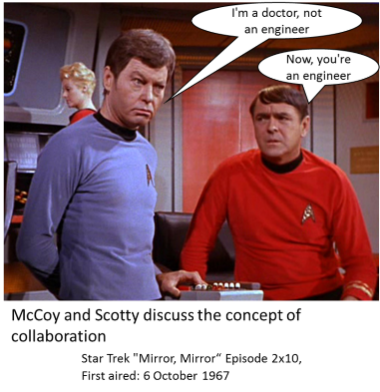Reluctant Blogging - Ben Cox
Published: 1 March 2017
Admittedly I am bit tardy in producing my contribution to the Sonopill blog. This is not from lack of desire but rather a lack of words.
Admittedly I am bit tardy in producing my contribution to the Sonopill blog. This is not from lack of desire but rather a lack of words. I found this rather inconsistent as I am continually accused of being 'too verbose' and more often than not overrunning my allotted times on talks. This one I'm chalking up to an indecision regarding the subject I wanted to write about. I thought about following-up on Holly Lay's excellent post discussing the physician and engineering perspective on this project. I certainly possess enough anecdotal evidence of differing prospective to fill one long blog entry. In fact, one recent discussion regarding the term 'lumen wall' (No, it does not refer to the entire thickness of the gut wall) inspired me to come up with a title of "Human anatomy for engineers: it's all Greek (and Latin) to me". Looking for something pithy to begin this entry I searched the internet using the terms 'physician, engineer, versus' but all I kept coming up with were references pointing to the importance of physician-engineering collaboration. Frankly this was not what I wanted as I was hoping for a nice illustration of clinicians and engineers hashing it out gladiator style.
Setting my disappointment aside as my attention became sidetracked through my involvement with the Dundee Design Festival. Part of my contribution to this event was to go through the history of endoscopy development and create a timeline for a poster. This proved quite fascinating and not just through the technological development of endoscopy but how it evolved through a process collaboration. One of my primary references, Dr Michael Sivak's article entitled “Gastrointestinal endoscopy: past and future” [Gut, vol. 55, no. 8, pp. 1061–4, Aug. 2006] astutely pointed out that "Two things are evident from the history of endoscopy. Firstly, innovation arose from close collaborations between physicians struggling to solve clinical problems and artisan-engineers..." (To find out what the second thing is I suggest you read the article as it's also worth knowing).
A perfect example of this collaborative spirit occurred when Dr Eitan Scapa, a gastroenterologist, issued a challenge to Dr Gavriel Iddan, an electro-optical engineer, to develop away to visualise the small bowel. Capsule endoscopy development gained further traction when Dr Paul Swain, another gastroenterologist, joined with Dr Iddan to develop the first commercially viable capsule endoscope allowing physicians to directly image the remote area of the bowel in a minimally invasive manner.
On a final note, my rebuttal to Holly:

First published: 1 March 2017
<< Blog

